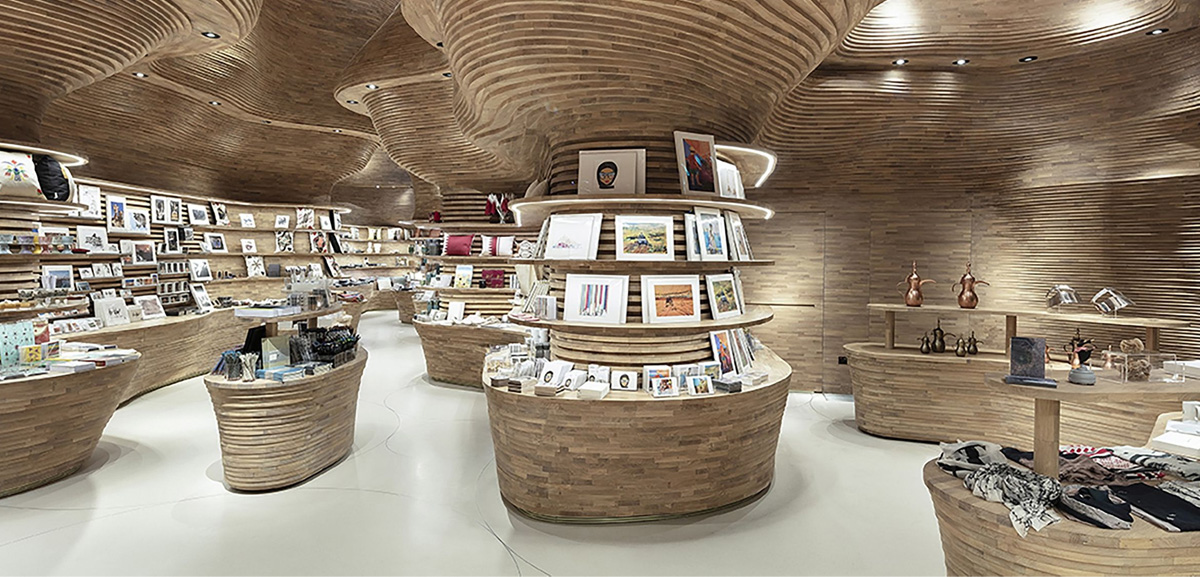
From a patchwork quilt to a crisp-packet necklace, learn new skills with the help of some top British designers.
Sew a patchwork quilt

Daniel W Fletcher has plenty to get on with while in social isolation, designing a collection for Fiorucci as well as one for his own brand. In his down time, he is taking up a DIY challenge to make a patchwork quilt based on a dress he made during the filming of Next in Fashion, using other designers’ leftover scraps. The design – inspired by concerns over the melting polar ice caps – is an arctic landscape. “Ever since the show, I’ve been inundated with requests to make similar quilted items, so I thought this was a good opportunity to show people how they can do so themselves. “You can make it from any leftover fabrics you have. This time, I used some leftover damaged denim from my studio as the quilt base. I don’t imagine everyone has that lying around so use what you have. “Heavier is better for the base so it can hold the appliqué” maybe some old curtains or an existing blanket that needs some love. If you don’t have enough to do a blanket, you could use the same technique to make a cushion. For the appliqué, it could be old clothes, tablecloths, tea towels ‘anything you can get your hands on.’ “I went quite abstract with my pattern, but you could come up with a more elaborate design. “Mine took me five hours on a sewing machine. You could hand sew it instead. It’s going to be a much longer process but could be very therapeutic, which is something we could all do with right now.” How to: “For the nitty-gritty, head over to my Instagram (@ danielwfletcher) – my wonderful sister captured the whole process.
Crochet a small rug

Liam Hidges learnt to crochet last October and have found it really relaxing. For our AW20 collection, we crocheted a lot of squares as embellishments. I’ve kept it up and even tried to make a skipping rope when I first went into isolation.
“I had been wanting to make some rag rugs and started working out how to crochet graphics into them. I made the graphic in Photoshop so that each pixel represented each crochet stitch.
“I thought doormat-size was perfect. I have mine by the door to remind me to keep positive and take the [government] advice about staying in seriously.
“It took me around two and a half hours to complete and is made up of old, shredded T-shirts for the coloured section and yarn made using Wool and the Gang offcuts for the main black areas, so it is entirely made from waste.”
How to: “Use our how-to digital zine on Instagram, which has the pattern as well as instructions on how to crochet.”
Sew a Shark Mascot

Designer Christopher Raeburn’s team are adapting to the current situation by releasing weekly creative tasks via their #RaeburnAtHome initiative.
“This project is to make one of our shark mascots. We have always featured animals in our collections, initially as a way to highlight and support endangered species through our WWF UK partner. The Shark is one of our most popular animals; we keep it in our collections each season, but it always evolves.
“You need no more than one square metre of fabric – even less if you are conscious of pattern placement for waste reduction. Using a variety of smaller cuts of fabric is encouraged though as this adds pops of colour and texture to the final shark.
“Not only is reusing and repurposing old fabric a more interesting way of working, but extending the lifetime of garments is instrumental in reducing planetary impact. When people are spending more time at home than ever before, now is the chance to pull out those bits that we no longer use and give them new life.
Equipment needed: a sewing machine, fabric, scissors, thread and paper.
How to:For the full instructions click here; you can download the shark pattern here. It is designed to fit on A4 paper.
Sew a Kimono-Inspired Garment

Designer Edward Crutchley’s lockdown aim is to set himself a project each day. His first was to cut a pattern for and sew a one-piece kimono-inspired garment. Next up is making miniature sculptures of the kings and queens of England using modelling clay.
“How to make Japanese clothes by John Marshall is a book I have on my shelf that I thought it would be great to lose myself in during isolation.
“I love traditional Japanese clothing and now is the perfect time to study. What I love about kimonos is that they are traditionally dictated by the fabric – they are the width they are because that is how wide the looms could weave. For a fabric geek like me, that’s a dream.
“A traditional kimono pattern looks like some different-length rectangles put together, but nothing is ever that simple and it takes a lot of skill to construct a traditional kimono properly. The one I made is much, much easier.
“I used three metres of fabric left over from the last collection, but you could make it with two metres if it’s 150cm wide, or you can easily add seams to the patterns or patchwork fabrics together.
Equipment needed: a sewing machine, two to three metres of fabric, thread, scissors, paper and dressmaking pins.
How to:“The pattern I made is available to download for free here. The step-by-step sewing guide is saved on my Instagram highlights.”
Knit a scarf

Despite having no previous knitting experience, dancer Meshach Henry has made three scarves in as many days, documented on Instagram by his partner, the Radio 1 DJ Nick Grimshaw.
“I always said I would learn a new skill like plumbing or plastering if I ever had a lot of time on my hands. But they aren’t ideal skills to practice in this current situation. So, having seen knitting supplies in a craftshop window recently, I thought, ‘Here’s my new hobby.’
“What I like about knitting is that you can see your physical product. As a dancer, I rarely get to see my own work, so to be able to see and hold this tangible thing is a whole new world for me.
How to: “I taught myself by watching an eight-minute Knitting for Total Beginners tutorial on YouTube. The tutorial taught me how to cast on in the first instance. Then there are follow-up links to a second video that teaches you how to change knitting style and how to cast off.”
Source : The Guardian
More on Lifestyle & Fashion






Leave A Comment
You must be logged in to post a comment.